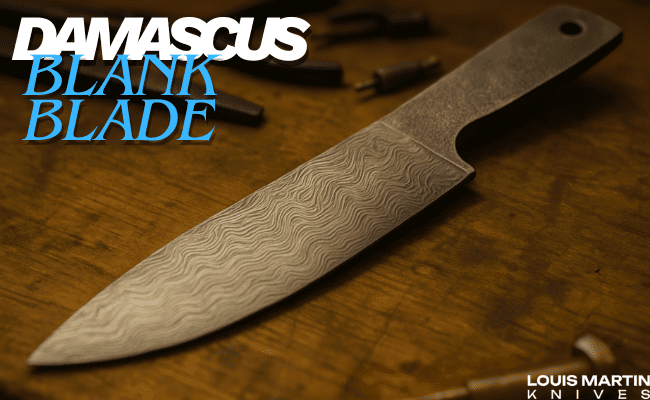Japanese Chef Knives Info
Japanese chef knives, are the most common and loved Knife in the world, japanese chef knives have long been an attribute of culinary excellence. But what exactly is Nihon Fusion, and how does it transform these kitchen essentials? In this exploration, we delve into the fusion of tradition and innovation With custom knifemaker that will help you uncover more about Nihon Fusion on the best Japanese Chef Knives.
What is Nihon Fusion? you may Ask.
We all don’t like A Simple Chef Knife so today I bring a blog about the Nihon Fusion chef knife it’s a philosophy that combines traditional Japanese knife artistry with modern methods and materials. and that is so astonishing, right? The spirit of Japanese knifemaking is preserved through this mix, which also pushes the craft’s limits in terms of usefulness and design.
Nihon Fusion represents the evolution of Japanese chef knives in response to modern culinary demands. By blending traditional methods with state-of-the-art creations, artisans create blades that honor heritage while meeting the needs of today’s chefs.
Japanese Chef Knives: Tradition and Utility
Before delving into Nihon Fusion, let’s first appreciate the foundation upon which it stands: the traditional Japanese chef knife. Known for its razor-sharp edge and unparalleled craftsmanship, the Japanese chef knife is more than just a tool—it’s a symbol of culinary abilities
Best Japanese chef knives come in various styles, each tailored to specific tasks in the kitchen. These knives, which range from the adaptable Gyuto to the exact Yanagiba, represent generations of skill and devotion to the Knives. Beyond their practical use, Some Examples of Custom Japanese Chef knives, From our Store are available you can check them out here Custom chef knives and Japanese knives have cultural significance as symbols of accuracy, self-control, and regard for food.
Nihon Fusion on Japanese Chef Knife: Bridging Tradition and Innovation
By adopting modern technology without sacrificing artistry, Nihon Fusion regenerates the old-fashioned craft of Japanese knife making. Every step of the knife-making process, from design to construction, demonstrates this fusion of innovation and tradition. One thing that impresses me the most is that their Tradition is Every little thing of theirs That they ever made
One of the defining features of Nihon Fusion is the blending of traditional techniques with modern materials. For example, Although high-carbon steel is the usual material for traditional Japanese knives, more recent models may include ceramic or stainless steel to increase longevity and corrosion resistance without compromising sharpness. Artisans experiment with ergonomic handles, innovative blade profiles, and advanced forging techniques to create knives that not only perform flawlessly but also reflect contemporary tastes.
Examples of Nihon Fusion
To truly grasp the concept of Nihon Fusion, let’s explore some real-world examples of this synthesis in action.
- Design: Traditional Japanese knives often feature a single bevel blade, optimized for precise slicing. In a fusion twist, modern variations may incorporate a double bevel design, offering versatility for both right and left-handed users.
- Materials: While traditional knives relied on natural materials like wood and Dear horns for handles, Nihon Fusion knives may integrate synthetic materials like G-10 or Micarta, offering enhanced grip and durability.
- Construction: Traditional forging techniques, such as the time-consuming process of folding and hammering steel, are now combined with modern technologies like laser cutting and CNC machining, resulting in knives that marry tradition with precision engineering.
Now What Impact does Nihon Fusion actually have
The influence of Nihon Fusion extends far beyond aesthetics it transforms the functionality and performance of Japanese chef knives. By embracing innovation, these knives become more than mere tools; they become extensions of the chef’s creativity and skill. they give the chef a boost in confidence and the design makes their mood happy they start to enjoy their after using and seeing the awesome work of detail on the Japanese chef’s knife
With Nihon Fusion, chefs can confidently tackle a large number of culinary tasks, from delicate sushi slicing to healthy vegetable chopping, all with ease. furthermore, these knives maintain their edge and remain sharp even under harsh cooking conditions thanks to the toughness and longevity of modern materials.
Now we go to the Conclusion
In conclusion, Nihon Fusion represents the next chapter in the storied history of Japanese chef knives. By bridging tradition with innovation, it revitalizes an ancient craft for the modern age, ensuring that these culinary essentials continue to inspire and empower chefs around the world. and making them enjoy their Work Even more
As we look to the future, one thing is clear Nihon Fusion is not just a temporary trend it’s a culinary revolution that promises to shape the art of Japanese knife-making for generations to come.
FAQs
Are Japanese kitchen knives better than German ones?
There are two different styles of kitchen knives: Japanese kitchen knives are recommended for delicate slicing and finer work, whereas German knives are kitchen workhorses. German knives usually tend to be heavier and thicker.
Why Japanese chef’s knives are so expensive?
Japanese chef knives, specifically the Takamura brand, are pricy because of their high quality.
But our chef knives are not expensive, with unique methods and materials. They’re built to last multiple lifetimes and are light enough to be an extension of a chef’s arm.
My Favourite Question. Why are Japanese knives so good?
Japanese knives draw from tradition, technology, and an intergenerational know-how of manipulating steel. Thinner, harder, and sharper are the most important attributes of an excellent kitchen knife.














